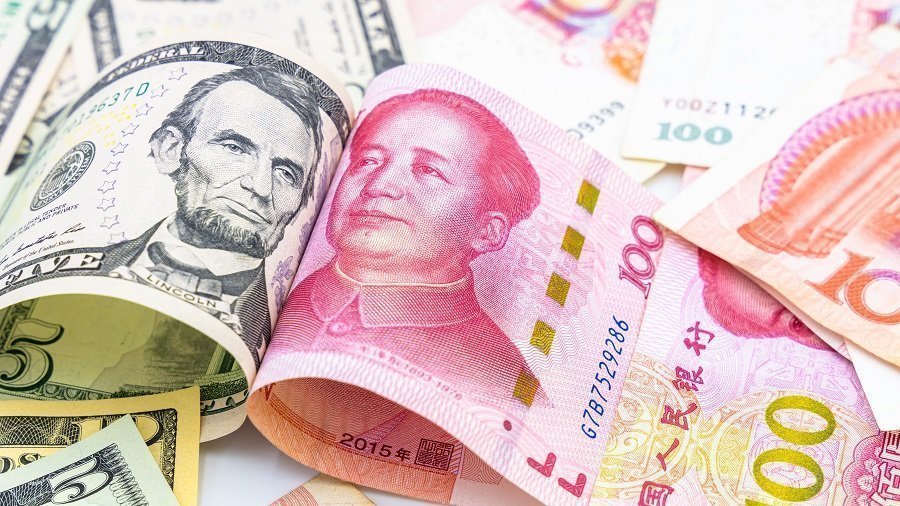The USA and China finally reached the “first stage” of a trade deal, after nearly three years of trade negotiations, which drove the financial markets to madness, preventing growth and investments in both countries.
The USA and China finally reached the “first stage” of a trade deal after nearly three years of trade negotiations, which drove financial markets to madness and prevented growth and investments in both countries. While most people thought that the possibilities for reconciliation between the Trump administration and China were over, the first stage agreement was signed by both sides on January 15th. The deal was described as the first stage of a broader trade agreement between the USA and China.
Critics point out some key points of the trade deal that are missing. The Trump Administration looks positively, stating that it will address these concerns directly under the ‘second phase’ of the US trade agreement.
The official document, signed by both parties on January 15, was called the “United States and People’s Republic of China Economic and Trade Agreement”. The document covers eight chapters, including the following topics, respectively:
Intellectual property, Technology transfer, Food and Agricultural Products Trade, Financial Services, Macroeconomic Policies and Exchange Rate Issues and Transparency, Expanding Trade, Bilateral Assessment and Dispute Resolution,
Final provisions
Chapters 1 and 2 cover measures and efforts to steal trade secrets, an important topic of discussion in trade relations between the two countries. Chinese companies like Huawei are accused of getting the trade secrets of big US companies like Apple without permission. For an evolving technology industry that is already competing with some of the most advanced US technology companies, this is perhaps one of the most difficult areas to monitor and apply. The US already states that it has the means to protect intellectual property rights. However, some Chinese companies are probably more technologically sophisticated than many US companies. It is really important to determine who will abuse whom.
The next few chapters focus on closing the major trade gap between the US and China. For two years, he has committed China to spend $ 200 billion on U.S. goods.
This is one of the undisputedly important parts of the trade deal for President Trump, and the 2016 campaign is thought to help reduce the trade gap China has overtaken the United States. The deal is a very important and remarkable opportunity in favor of President Trump as the elections approach. Generally speaking, it is thought that negotiating favorable terms with China will be beneficial in repairing the failures of past trade agreements. Undoubtedly, the Trump Administration intends to score points with possible success.
The final chapters in the deal are primarily focused on creating guidelines, practices and procedures that will prevent China from manipulating the currency to gain unfair profits. The purpose is to prevent China from devaluing its currency and increasing its exports and the USA from weakening the day of competition in the global market.
The deal also addresses the guidelines that China should follow, requiring the International Monetary Fund (IMF) to avoid money manipulation, and draws attention to strategic loans with interest rates that are difficult to repay to multinational companies using familiar methods.
Most business groups greatly welcome the first-phase trade agreement and accept it as a sign of a period of peace in the trade policy of the U.S. and China.

